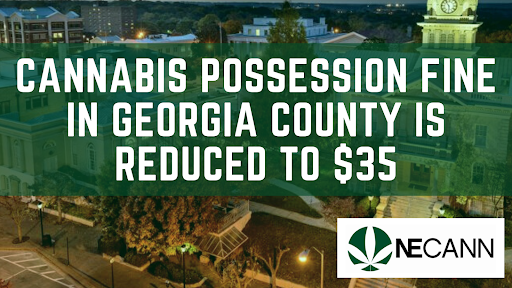A recent study conducted by Ohio State University has illuminated the substantial revenue potential that adult-use cannabis sales could bring to the state. According to the research, Ohio stands to generate tax revenues ranging from $275 million to $403 million by the fifth year of implementing an operational adult-use cannabis program. Let’s delve into the study’s insights and the implications for Ohio’s potential cannabis market.
Titled “What Tax Revenues Should Ohioans Expect If Ohio Legalizes Adult-Use Cannabis?,” the analysis drew inspiration from cannabis tax data from Michigan’s fiscal year 2021. This data served as a benchmark for estimating potential cannabis tax revenue in Ohio, given the demographic and tax structure similarities between the two states.
The researchers utilized various parameters, including three different scenarios for the rate of diminishing retail sales growth over five years, the state’s population figures to calculate per capita cannabis tax revenue rates, and three distinct pricing scenarios specific to Ohio.
The study’s findings showcase a promising outlook for Ohio’s fiscal landscape. The estimated tax revenues resulting from adult-use cannabis sales could fall within the range of $275 million to $403 million by the fifth year of program operations. This potential windfall underscores the economic significance of a well-regulated cannabis market in the state.
Ohio’s journey towards adult-use cannabis legalization has seen multiple developments. Advocates are actively working towards putting the issue on the 2024 ballots, submitting additional petition signatures after initial shortages were identified by state officials. Furthermore, state lawmakers have introduced legislation aimed at enacting cannabis reform, although the bill has yet to be presented to the full House and currently resides within the Finance Committee.
It’s worth noting that Ohio’s previous encounter with adult-use cannabis legalization was in 2015. However, the proposed measure faced criticism for containing elements resembling a monopoly, potentially restricting cannabis cultivation rights to a select few anonymous donors. Consequently, the proposal was rejected by Ohio voters.
The Ohio State University’s study showcases the potential benefits of a regulated adult-use cannabis market in the state. The projected tax revenues, if realized, could significantly contribute to the state’s economy, funding various public services and initiatives.
As Ohio navigates the path to potential cannabis legalization, these findings shed light on the economic prospects associated with responsible cannabis regulation. The study serves as a valuable resource for policymakers, advocates, and citizens alike, fostering informed discussions about the future of cannabis in Ohio.




